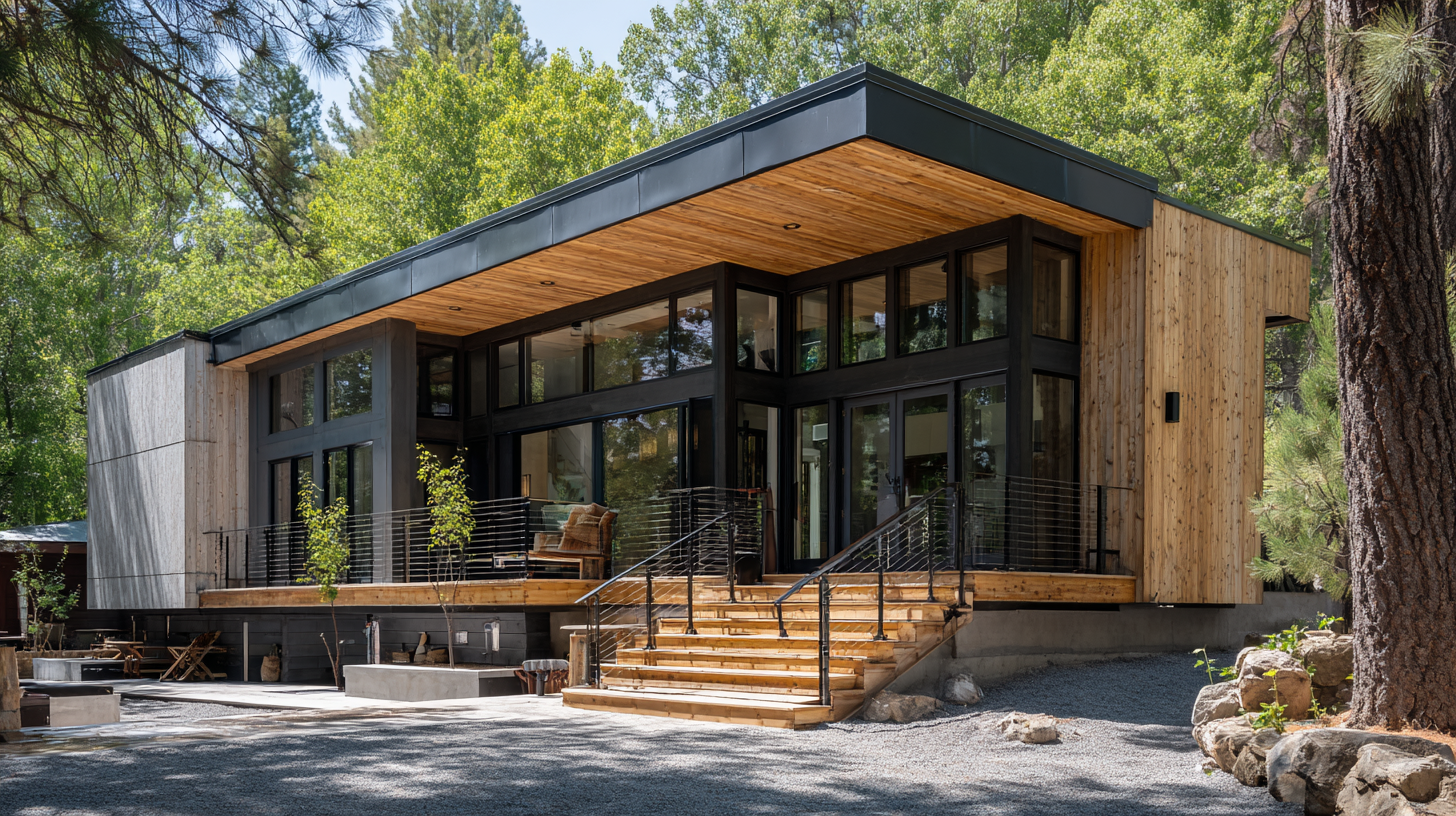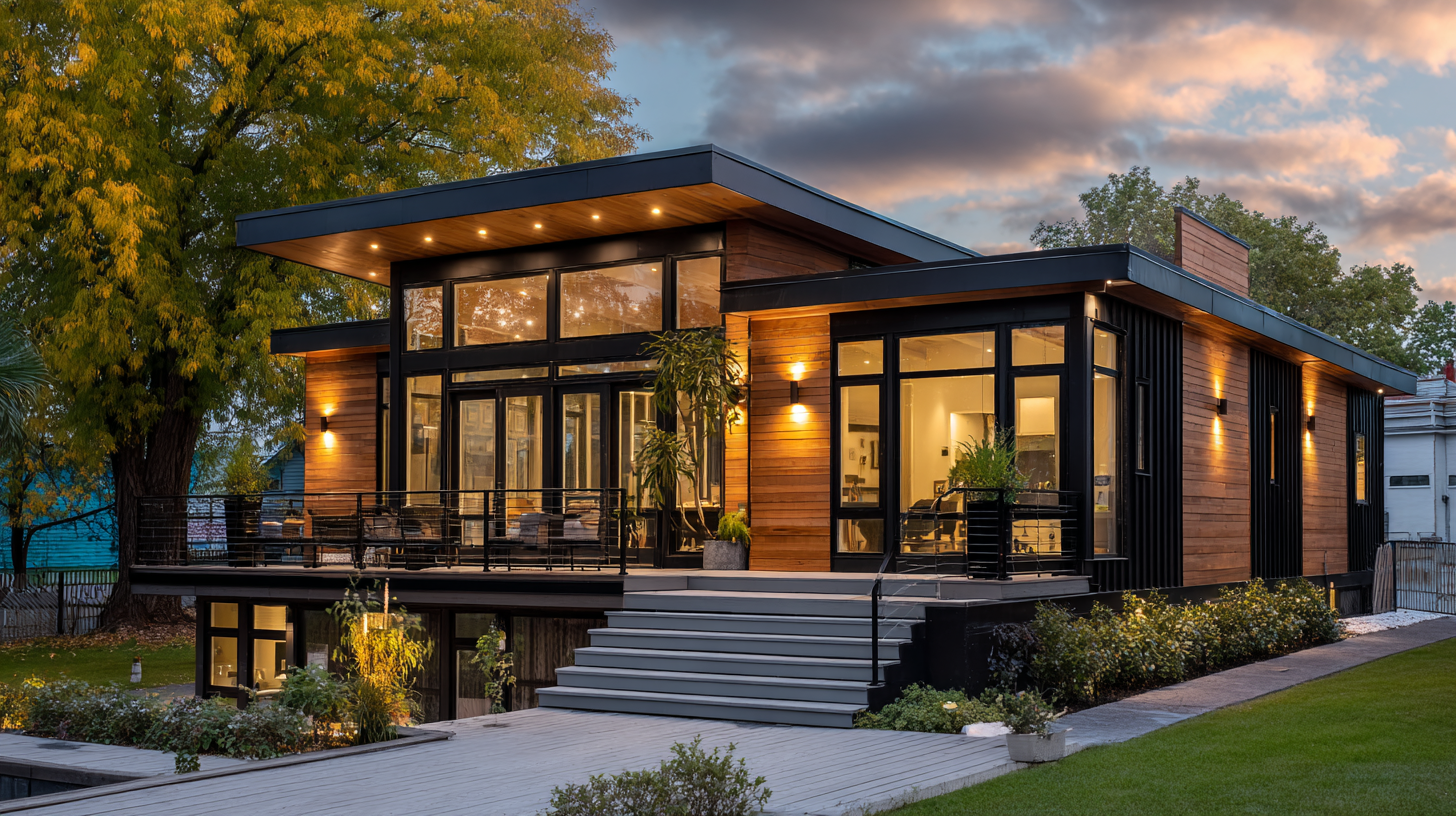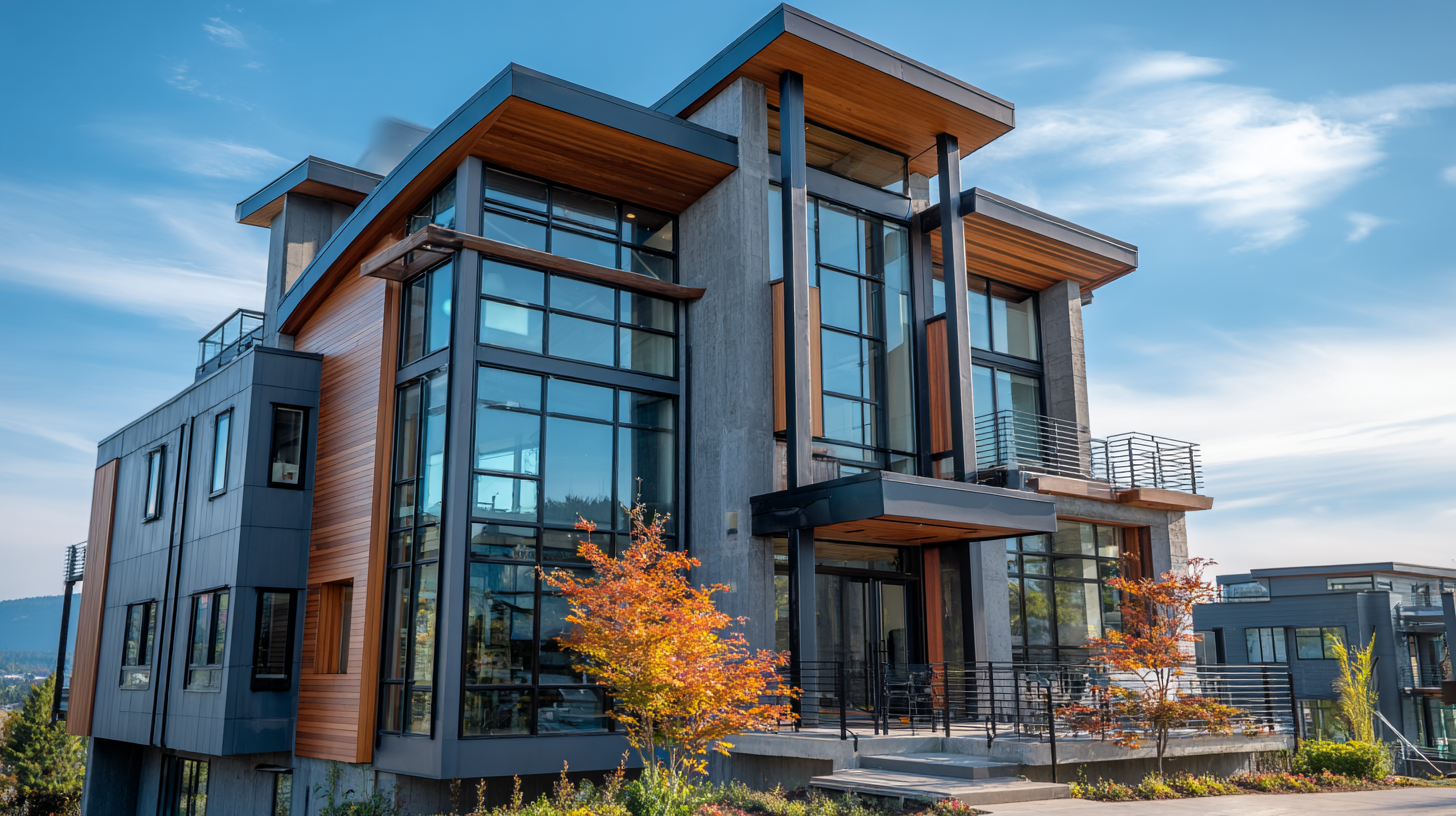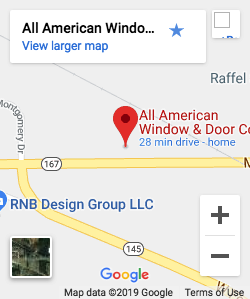Blog
Revolutionizing Spaces: Real-Life Applications of the Best Windows and Siding in Sustainable Construction
In the quest for sustainable construction, the importance of high-quality windows and siding cannot be overstated. As we face increasing environmental challenges, building professionals and homeowners alike are seeking innovative solutions that not only enhance aesthetics but also promote energy efficiency and durability. This blog will explore the latest advancements in windows and siding technologies, focusing on their real-life applications in transforming residential and commercial spaces into eco-friendly havens. We will delve into industry production standards, the integration of digital tools, and the compelling reasons why investing in superior windows and siding is essential for any sustainable building project. By revolutionizing our approach to these critical components, we can significantly reduce our carbon footprint while creating spaces that are both functional and aesthetically pleasing.

Exploring Sustainable Windows: Key Features for Energy Efficiency
In the realm of sustainable construction, energy-efficient windows play a crucial role in enhancing the overall performance of buildings. Key features such as high-quality insulation, low-emissivity (low-E) coatings, and triple-pane glass are essential in creating windows that effectively minimize heat loss during winter and reduce heat gain in summer. These technologies not only contribute to a more comfortable indoor environment but also significantly lower energy bills, making them a smart investment for both homeowners and builders.
Additionally, the durability and sustainability of materials used in window construction are increasingly important. Window frames made from recycled materials or sustainable wood provide both environmental benefits and aesthetic appeal. Furthermore, advanced designs that incorporate thermal breaks help to reduce condensation and improve energy efficiency, aligning with the goals of eco-conscious construction. As homeowners and architects aim to reduce their carbon footprint, selecting windows that prioritize sustainability and energy efficiency is a fundamental step towards revolutionizing the way we build and live.
Choosing the Right Siding: Materials That Promote Sustainability
When it comes to sustainable construction, the choice of siding materials plays a crucial role in promoting energy efficiency and reducing environmental impact. Modern builders are increasingly opting for materials that not only enhance aesthetic appeal but also offer durability and sustainability. Options such as fiber cement, reclaimed wood, and eco-friendly vinyl siding are gaining popularity due to their low maintenance needs and long lifespan. These materials often come with sustainability certifications, ensuring they have been sourced and manufactured with minimal negative impact on the environment.

In addition to the type of material, the manufacturing process and lifecycle of the siding are vital considerations. For instance, opting for siding made from recycled or rapidly renewable resources contributes to reducing waste and conserving natural resources. Furthermore, utilizing insulated siding can significantly improve a building's energy efficiency by reducing heat loss in winter and keeping interiors cool in summer. By thoughtfully selecting siding that aligns with sustainability goals, builders can revolutionize spaces, creating homes that are not only functional and beautiful but also environmentally responsible.
Installation Techniques: Ensuring Optimal Performance of Windows and Siding
In the realm of sustainable construction, the installation techniques for windows and siding are crucial for maximizing their performance and longevity. Research indicates that properly installed windows can enhance energy efficiency by up to 30%, significantly reducing heating and cooling costs. Advanced sealing methods and thermal performance technologies are essential in achieving these benefits. For instance, employing low-emissivity coatings can decrease heat transfer, thus maintaining consistent indoor temperatures and reducing reliance on HVAC systems.
**Tip:** Ensure an airtight seal during installation by using high-quality weather stripping and caulking. This not only prevents drafts but also enhances the overall thermal performance of the building.
Additionally, the choice of materials plays a vital role in the durability of windows and siding under varying mechanical stresses. Reports suggest that composite materials exhibit superior resistance to warping and fading, which can prolong the lifespan of installations in challenging climates. Investing in these advanced materials can lead to lower maintenance costs and less frequent replacements.
**Tip:** Regularly inspect and maintain the integrity of your siding and windows to identify potential issues early, ensuring a longer service life and optimal functionality.

Real-World Case Studies: Successful Sustainable Construction Projects
In recent years, the focus on sustainable construction has led to innovative applications of windows and siding that not only enhance the aesthetic appeal of buildings but also significantly improve their energy efficiency. One notable case is the renovation of the Bullitt Center in Seattle, often dubbed the greenest commercial building in the world. Featuring triple-glazed windows and exterior siding made from sustainably sourced wood, this project exemplifies how strategic design choices can drastically reduce energy consumption while promoting environmental stewardship.
Another inspiring example is the Habitat for Humanity's homes in New Orleans, where resilient siding materials and energy-efficient windows were utilized to combat extreme weather conditions. These homes not only provide safe shelter for families but are also designed to minimize utility costs and environmental impact. By integrating advanced technologies and sustainable materials, these projects demonstrate the tangible benefits of thoughtful design in real-world applications, paving the way for a future where construction prioritizes both eco-friendliness and community well-being.
Revolutionizing Spaces: Real-Life Applications of the Best Windows and Siding in Sustainable Construction
| Project Type | Location | Materials Used | Energy Efficiency Rating | Completion Year |
|---|---|---|---|---|
| Residential Home | California, USA | Recycled Vinyl Siding | A+ | 2021 |
| Commercial Building | Toronto, Canada | Low-E Glass Windows | A++ | 2019 |
| Community Center | Berlin, Germany | Sustainable Hardwood | A | 2020 |
| Office Complex | Sydney, Australia | Composite Siding | A+ | 2018 |
Future Trends: Innovations in Windows and Siding for Eco-Friendly Building
As sustainable construction gains traction, the innovations in windows and siding are leading the charge toward eco-friendly building solutions. Future trends suggest that these elements will not only enhance the aesthetic appeal of homes but also significantly improve energy efficiency. Advanced glazing technologies now offer superior insulation properties, while the integration of smart sensors allows homeowners to optimize natural light and control temperature effectively.
When selecting windows, consider materials that are not only energy-efficient but also environmentally friendly, such as reclaimed wood or recycled aluminum. Look for products that come with low-emissivity (Low-E) coatings, which reduce infrared and ultraviolet light without compromising natural light. This not only contributes to lowering energy costs but also minimizes the home’s carbon footprint.
Siding innovations are equally promising. Engineered systems made from sustainable materials, like fiber-cement, provide durability and low maintenance with minimal environmental impact. Choosing siding with high R-values can enhance insulation, keeping interiors comfortable year-round. Always keep an eye out for manufacturers that prioritize sustainability in production practices.
About Us
We serve the Greater Milwaukee area: Waukesha, Milwaukee, Washington, Ozaukee Counties and nearby areas, including Germantown, Menomonee Falls, Mequon, Cedarburg, Thiensville, Grafton, Jackson, West Bend, Hartland, Waukesha, Brookfield, West Allis, Franklin, Greenfield and more. We are Wisconsin’s Best Contractor for Replacement Windows, Doors, Siding & Roofing!
Contact Details
Address:
N112 W14880 Mequon Road
Germantown, Wisconsin 53022
Phone:
Email:
Showroom Hours
Monday: 9am – 5pm
Tuesday: 9am – 5pm
Wednesday: 9am – 5pm
Thursday: 9am – 5pm
Friday: 9am – 4:30 pm
Saturday by Appointment
Evenings by Appointment



